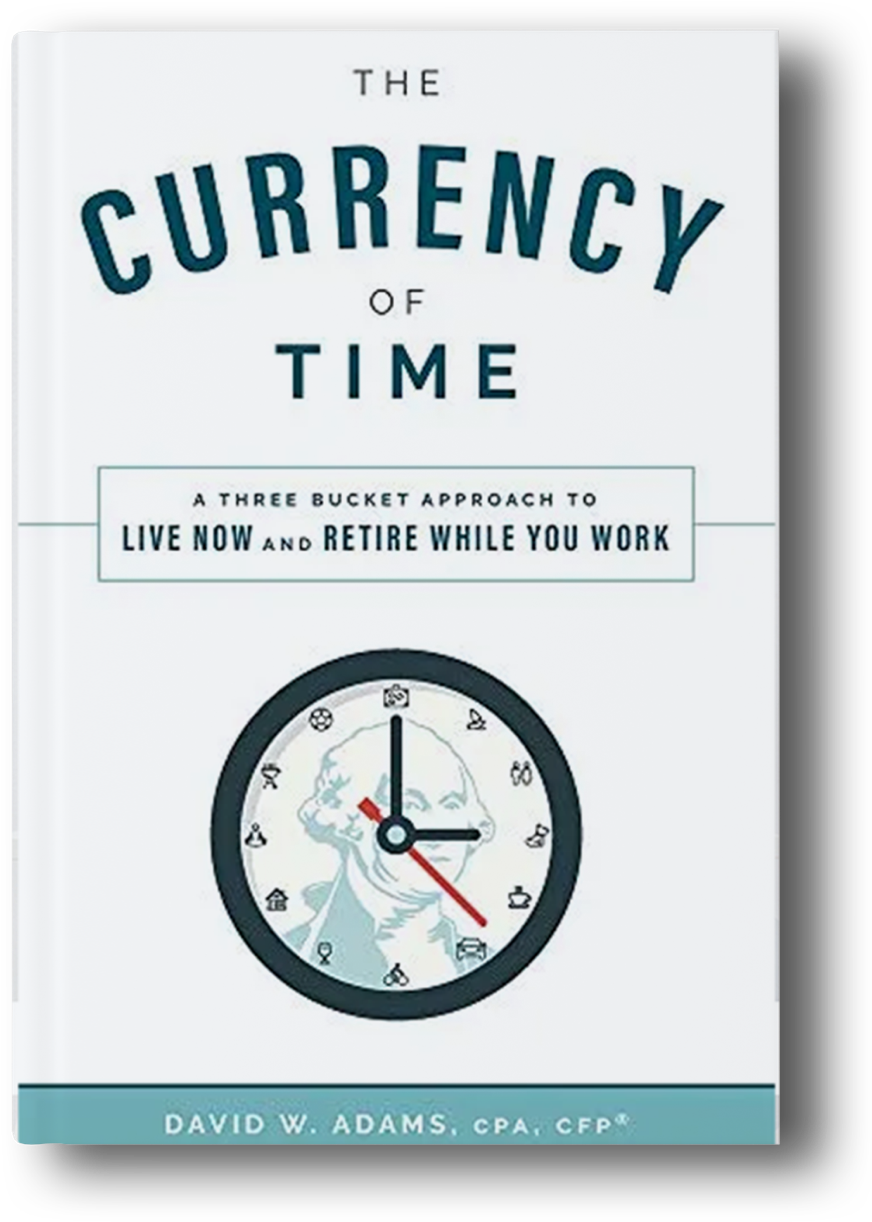Retire While You Work® Podcast
Join us as we discuss various topics to help you find the path to viewing money as a means to the true currency, TIME, and learn how to build more memories and experiences.
View All EpisodesJoin us as we discuss various topics to help you find the path to viewing money as a means to the true currency, TIME, and learn how to build more memories and experiences.
View All Episodes
What if you could do what you're passionate about and achieve a work-life balance? What if you were relieved of the pressure to have some massive amount saved?
Learn More
What a year this has been. It seems like more has happened this year than in the past five years. First there was the talk of the trade deal with China, remember that? Then, before we knew it, COVID-19 was upon us and the global economy was sent into a downward spiral. In the U.S., the Dow Jones fell over 35% in just 23 trading days. Its partner in crime, the S&P 500, almost 34% in the same amount of time. We were all left scratching our heads wondering where this came from. Should we have seen this coming? Maybe, but that is not so clear either. The data we were receiving out of China was “cloudy”, filled with mixed information that was hard to decipher. Looking back at some of the past pandemics and taking notes from those maybe we could have had a better idea, but then again hindsight is always 20/20 and in the past things never got as bad as medical personnel said it would.
Where are we now? From the lows of March 23rd through the end of the second quarter the Dow Jones is up over 37% and the S&P 500 is also up nearly 37%. Again, I think most of us are scratching our heads wondering how the recovery of the market stormed back like it did. While the market was quick to bounce back, there is still a long way to go. Unemployment is still at some of the highest levels we have ever seen, COVID-19 cases are climbing everyday (although deaths are down), and parts of the economy are still close to a halt. Which makes some wonder how the market came back like it did. It is important to remember that the market trades on the future, not the past, and each day it considers all the world events and moves from there. Market highs or market lows mean nothing to the market. All the market knows is that it goes up when times are looking good and down when times look bad. I think this is important to remember. Just because the market is at a high does not mean it cannot keep climbing and vice versa on the downside. History has proven it is nearly impossible to time the market because it is too unpredictable. Average returns for investors who try to time the market are close to 2% – not much better than a good CD. Average returns for investors who stay invested are close to 7% – and it is far less work and stress than trying to time things.
What’s next? Well, now that we have passed the Jumanji-esk levels of the Murder Hornets and the Saharan Dust Storm, we are hoping for a quiet ride in the second half of the year. That is until November when the Presidential Election comes around. You didn’t forget about that did you? But, in all seriousness, politics aside, who gets into the Oval office or who doesn’t get in doesn’t play nearly the role that all assume it does. Markets have performed well under both parties. Over the past 75 years under both Democratic and Republican administrations the S&P 500 has returned 11% averaged annually and the U.S. economy also expanded around 3% annually during that time. The stock market’s return was negative for a presidential administration only when the country was in a financial crisis (2008) or experiencing a stagflationary period (1979). Neither party can lay claim to superior economic or financial market performance.
Although this 4th of July is going to look quite a bit different for all of us, enjoy the time with your loved ones or those close around you and be thankful for your health. In the end, it is not about the money and the things, it is about the memories and experiences with those around you.
Adams Wealth Partners, LLC is not a registered broker/dealer and is independent of Raymond James Financial Services. Investment advisory services offered through Raymond James Financial Services Advisors, Inc. Securities offered through Raymond James Financial Services, Inc., member FINRA / SIPC
Neither Raymond James Financial Services nor any Raymond James Financial Advisor renders advice on tax issues, these matters should be discussed with the appropriate professional.
Links are being provided for information purposes only. Raymond James is not affiliated with and does not endorse, authorize, or sponsor any of the listed websites or their respective sponsors. Raymond James is not responsible for the content of any website or the collection or use of information regarding any website's users and/or members.
The running stock ticker is not a recommendation to buy or sell stocks of the companies pictured.

Securities offered through Raymond James Financial Services, Inc., member FINRA/SIPC, marketed as Adams Wealth Partners. Investment advisory services offered through Raymond James Financial Services Advisors, Inc.Adams Wealth Partners is separately owned and operated and not independently registered as a broker-dealer or investment adviser.
Certified Financial Planner Board of Standards Inc. owns the certification marks CFP®, CERTIFIED FINANCIAL PLANNER™, CFP® (with plaque design) and CFP® (with flame design) in the U.S., which it awards to individuals who successfully complete CFP Board's initial and ongoing certification requirements. CFP® holders at Adams Wealth Partners, LLC are: David Adams, Myles Zueger, Carson Odom, and Spencer Provow
CPA holders at Adams Wealth Partners, LLC are: David Adams, Carson Odom, and Christine Kinsley
Please note that all archived content is for informational purposes only. Investment decisions should not be based on the content provided herein. For the most up-to- date statistical information and analysis, please contact your financial professional.

The 2024 Forbes ranking of America’s Top Wealth Management Teams Best-In-State, developed by SHOOK Research, is based on an algorithm of qualitative criteria, mostly gained through telephone and in-person due diligence interviews, and quantitative data. This ranking is based upon the period from 3/31/2022 to 3/31/2023 and was released on 01/09/2024. Advisor teams that are considered must have one advisor with a minimum of seven years of experience, have been in existence as a team for at least one year, have at least 5 team members, and have been nominated by their firm. The algorithm weights factors like revenue trends, assets under management, compliance records, industry experience and those that encompass best practices in their practices and approach to working with clients. Portfolio performance is not a criteria due to varying client objectives and lack of audited data. Out of approximately 10,100 team nominations, 4,100 advisor teams received the award based on thresholds. This ranking is not indicative of an advisor's future performance, is not an endorsement, and may not be representative of individual clients' experience. Neither Raymond James nor any of its Financial Advisors or RIA firms pay a fee in exchange for this award/rating. Raymond James is not affiliated with Forbes or Shook Research, LLC. Please see https://www.forbes.com/lists/wealth-management-teams-best-in-state/ for more info.
Barron’s Top 1,200 Financial Advisors 2023, is based on the period from 09/30/2021 - 09/30/2022 and was released on 03/15/2023. 5630 nominations were received and 1,200 won. Neither Raymond James nor any of its advisors pay a fee in exchange for this award. More:https://www.raymondjames.com/award-disclosures/#2023-barrons-top-1200
Please note that all archived content is for informational purposes only. Investment decisions should not be based on the content provided herein. For the most up-to- date statistical information and analysis, please contact your financial professional.
Raymond James is not affiliation and does not endorse the above-mentioned organizations.
Nashville Wealth Management & Financial Advisors | David Adams CPA, CFP® | Copyright © 2024 | Privacy Notice | Legal Disclosure| Disclaimers
